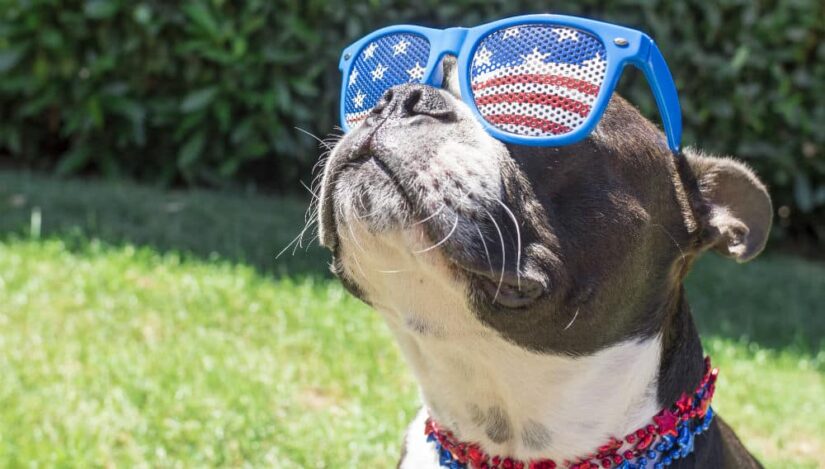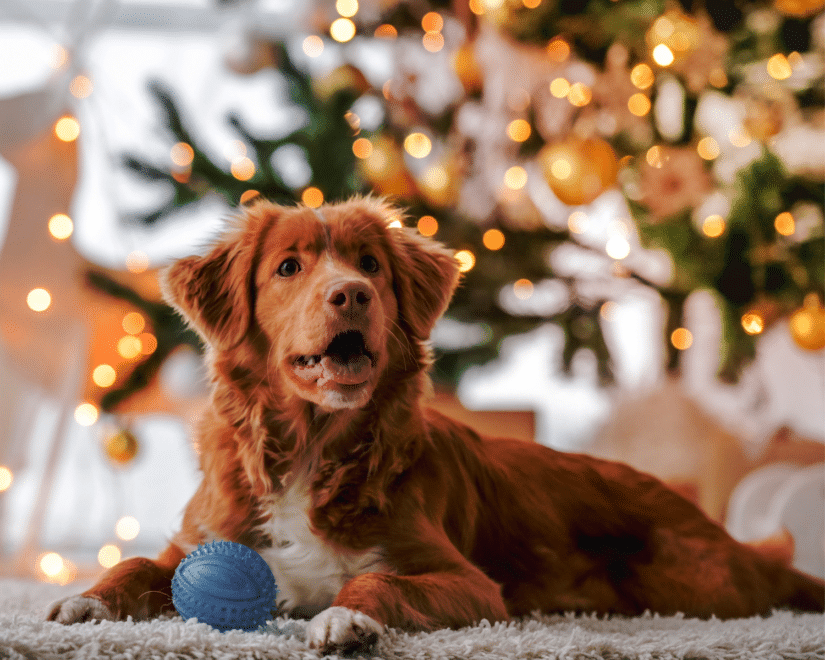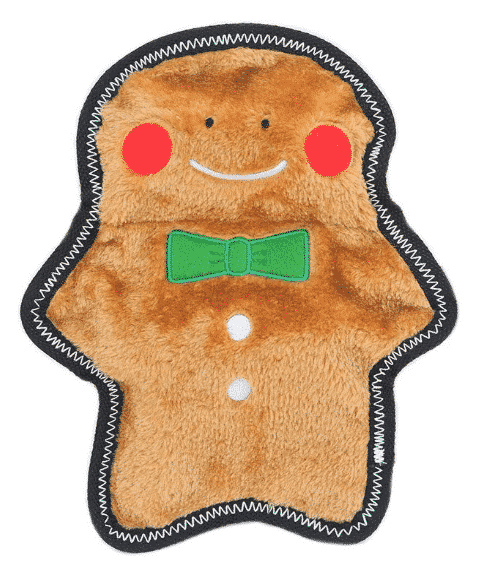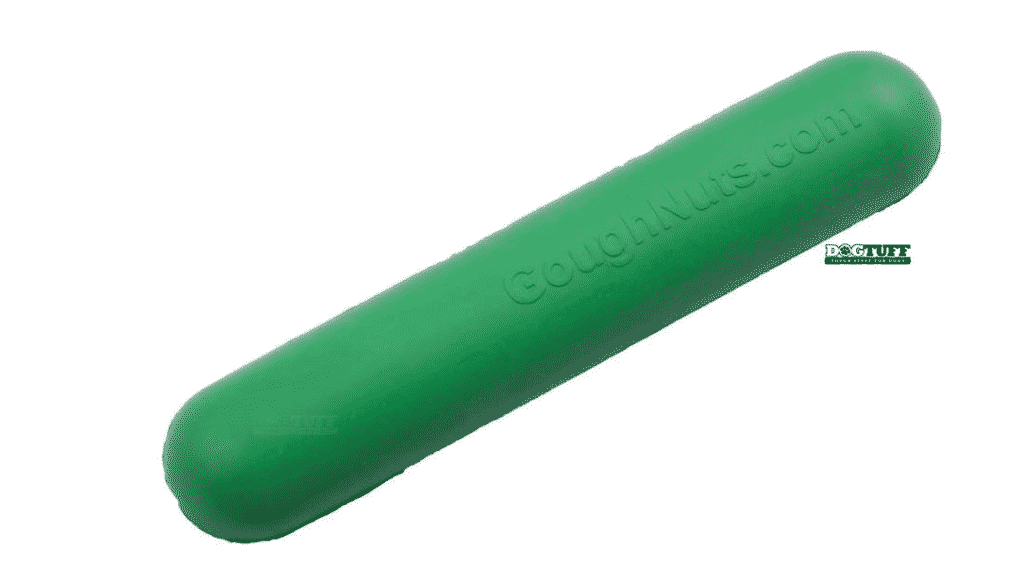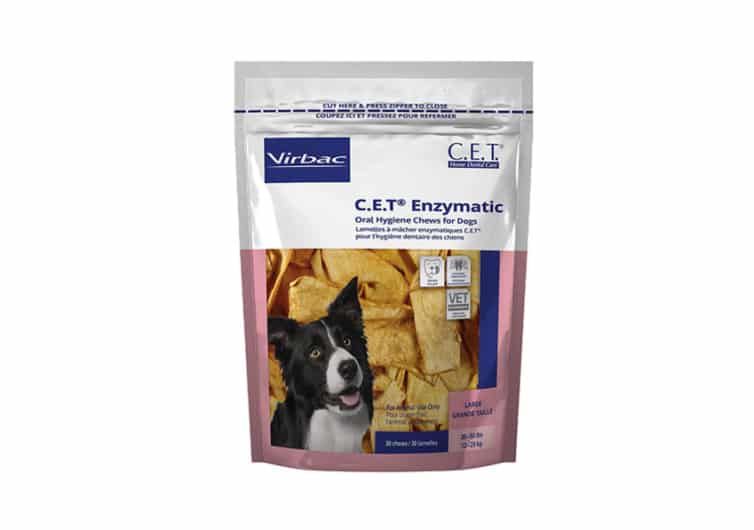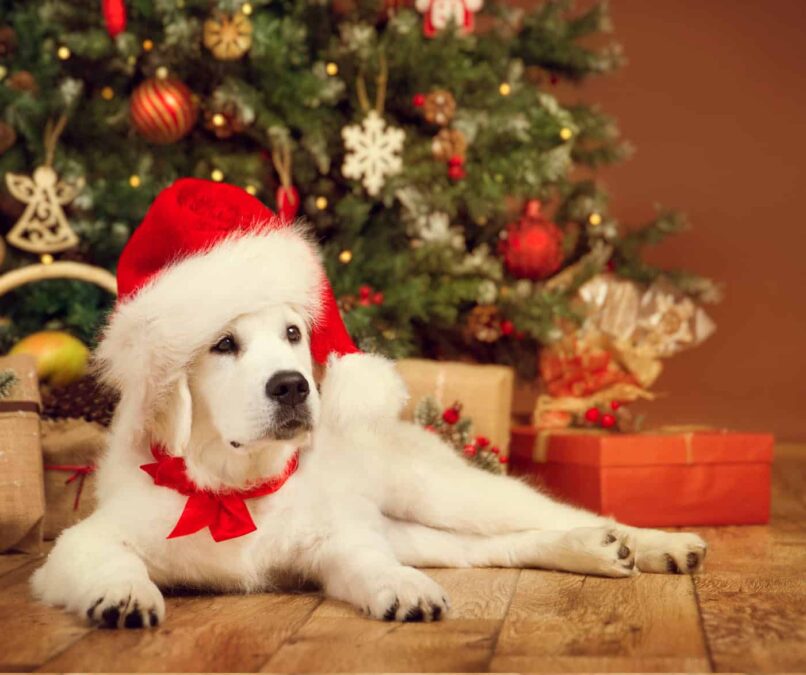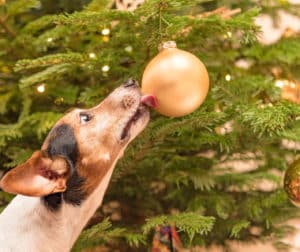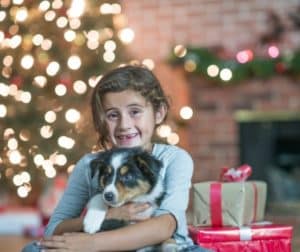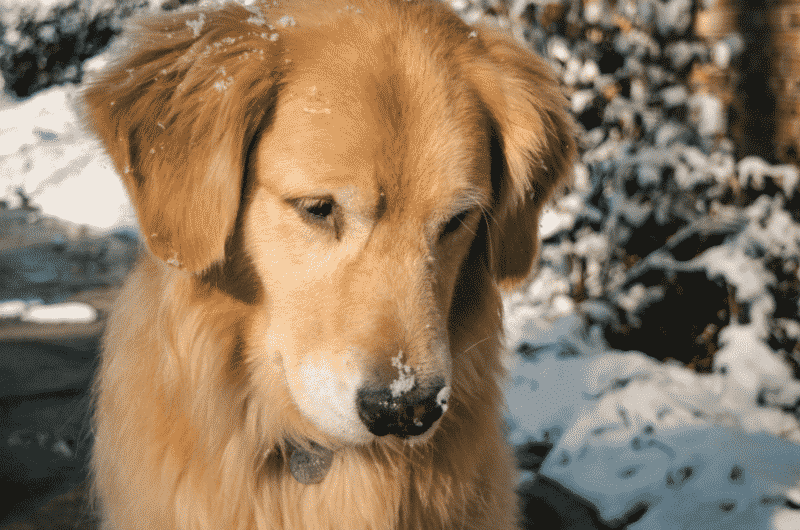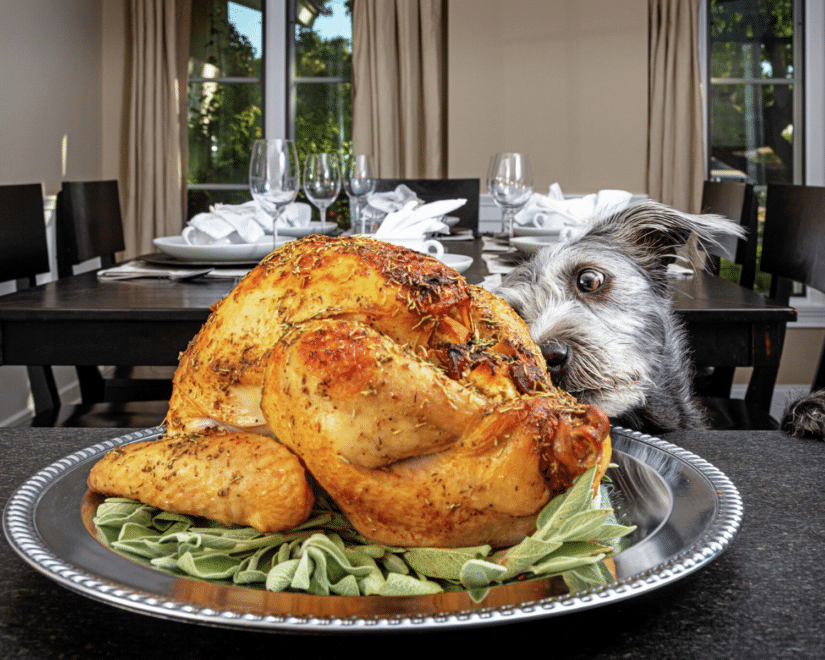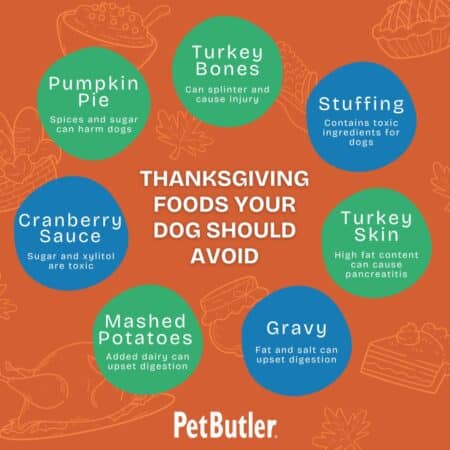Baby, it’s cold outside! If we are feeling the early chill of winter, you can bet our pets are too. While we can turn up the heat, throw on some extra layers, and break out our waterproof boots, our dogs don’t have that same luxury.
Certain northern breeds such as the Akita, Husky, Alaskan Malamute, and Keeshond have dense coats and furry feet that help to insulate them from the cold as well as allow them to navigate icy terrain. A tiny chihuahua or dacshund with their short coats and reduced muscle mass may suffer from exposure much more quickly.
How should we care for our dogs, great and small, in cold weather? Here a few tips to protect your dog for the winter season.
Protect Your Dog in the Winter
Bundle Your Dog Up
Some dogs can use an extra layer of fluff, just like people in the winter. Thin-skinned, delicate breeds such as the Italian Greyhound and Chihuhuas can use a coat or sweater that protects the belly and torso. Excessive hair between a dog’s toes can be trimmed to avoid slipping on surfaces and to limit the snowballs that form on the feet.
A well-groomed pooch can also be outfitted with booties for insulation and to provide traction on slippery surfaces. Most dog booties are elastic or have Velcro fasteners and can be laundered.
Protect Your Dog’s Paws
If your dog can’t bear to wear boots in the winter, consider a paw wax or petroleum jelly massaged into the pads to provide protection from the elements and to prevent cracking. Here is a favorite DIY paw balm recipe to help moisturize and condition your dog’s pads in the winter time.
Pets are more likely to sustain injury walking on ice or salt; to protect your pet in cold weather, always rinse, dry, and carefully examine their feet after returning from the great outdoors. And a good belly rub to remove ice and debris is always appreciated!
Limit Play Time
Acclimating our dogs to the colder temperatures is best done by limiting outdoor playtime to 5-10 minutes and extending that period gradually. Caring for senior or young pets when the weather is cold may mean keeping them indoors or providing a warm, padded shelter. Just like humans, these dogs are less able to regulate body temperature and may suffer from frostbite more easily.
Dogs are more likely to develop frostbite on delicate skin such as the ear tips and tail. The most noticeable change in affected areas is a color change from pink to white or blue-grey. A good rule of thumb when it comes to dog winter safety is if you are uncomfortable outdoors, so is your pet!
Additional Winter Safety Tips For Dogs
Be Cautious of Antifreeze
Additional winter care tips include being aware of some toxins that may be particularly accessible during the season. Antifreeze ingestion can be lethal and cause a drunken appearance, kidney damage, vomiting, and seizures. Clean up any spills immediately as it has a sweet taste that is appealing to dogs.
Ethylene glycol is the ingredient that will lead to poisoning; it is possible to buy antifreeze that has propylene glycol as the active ingredient and is less toxic. Poinsettias, holly, and mistletoe are common plants we may use for winter decorations and will lead to oral irritation, drooling, vomiting or abdominal pain if ingested.
Heating Things Up
Leaving a pet in a car that is running increases the likelihood of carbon monoxide poisoning; while it may seem tempting to run one last errand with your companion, drop them at home first! Likewise, space heaters and electrical cords can cause fire or electrical burns if your dog decides to make them chew toys or knocks them over while playing.
Holiday Decorations
Unlike their cat counterparts, most dogs stay away from the Christmas tree. BUT, the tree water or edible ornaments can be a great temptation and lead to injury. Keep the tree, needles, glass decorations, and edibles inaccessible to all your pets. Here’s additional holiday tips to keep your pet safe.
Diet and Hydration
Nutrition and hydration should be carefully considered when the weather is cold. If your dog is active in the snow or spends time outdoors, they utilize more calories to maintain their body temperature. To care for your dog in the winter, you might find additional kibble is necessary to maintain body weight and optimal health.
Dehydration is a concern in winter time just as it is in the summer. Some dogs may drink more water to offset the lack of humidity in the air. Provide ample fresh water, ice cubes to snack on, and heated water bowls if necessary.
Remember these tips this winter season and stay warm. We’re already counting down the days till spring!

